Roanne – Briennon – Bonnand – Paray-le-Monial
We chatted with Jim and Marianne and our aspiration for their trip was to explore a bit of Roanne, experience some quiet cruising and mooring on the Canal de Roanne à Digoin, finish the last short section of the Canal Latéral à la Loire and start along the Canal du Centre. We hoped to finish at the widely recommended town of Paray-le-Monial where a train station was available to take them onwards to their next stop – Iceland!
Roanne
With Jim and Marianne on board, after a decent night’s sleep despite the loud frog chorus (which I love), we set off on our bikes to explore Roanne a little. I knew there was a covered market and we were keen to check it out. While Ian and Jim had a look at fixing something on one of the spare bikes (just a stuck valve requiring a new tube – not bad since they were last used over four years ago), Marianne and I took off, with the boys joining us a short while later. The market was populated with a number of stalls offering high-quality produce. There was a large cheese stall, at which we each chose some cheeses we would like to take back to Catharina Elisabeth. After lunch back on board (charcuterie, salad, fruit and the cheeses of course), we cycled back over to town and found ourselves outside the church we had spotted earlier, which was now in full wedding swing. We did go inside for a bit, but the ceremony was very long, and it seemed prudent to go and find somewhere to have a cold beer.
Roanne itself is quite large, with many quaint shops lining the streets.
I walked as much as I could, but my knees were really giving me grief, so it was time to sit down for a break.
The beer was very welcome, but we were watching an approaching storm, and Ian decided he would cycle back to Catharina and get started on our (duck) dinner, while the three of us made another stop at the market to choose some patisseries to take back for dessert. I waited outside the market with the bikes while Marianne and Jim went in, but very quickly, the wind picked up, the rain came down hard, the temperature dropped, and it was rather unpleasant outside. I tried to shelter near the doors, keeping an eye on the bikes, but found the automatic doors kept opening and the lashing winds were knocking over and smashing many of the florist’s arrangements, which sat just inside the doors. In the end, I crept inside just before the doors were locked. When Marianne and Jim reappeared, the rain was a little less violent, and we rode back to the boat to find Ian had rescued some of the outside window coverings that had blown off in the storm and landed in the canal near the boat. That night, there was a great lightning show, but the strong winds (70 km/hr) persuaded us to lower the mast, which was taking quite a battering, and several of our flags suffered shredded edges.
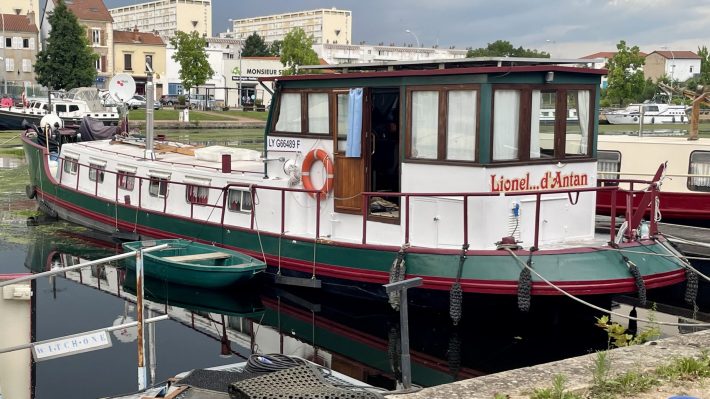
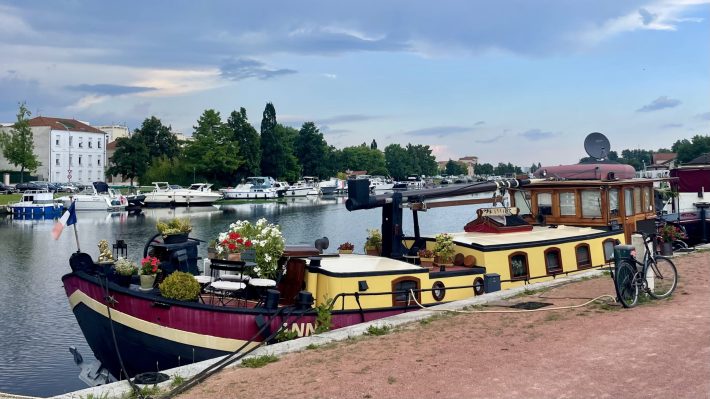
Briennon
The following morning dawned a little overcast, but the storm had passed and we were ready to leave. The closed port, which lies at the end of the canal, is protected by a small lock. Small, as in an almost undetectable rise/fall. I had checked with the port capitain that we could leave at 9 am on the Sunday morning, but we hovered outside the lock for some time, with me making several phone calls, before the young woman who was obviously rostered to manage the lock finally showed up. Once on our way, we knew the first place we wanted to stop was at the wild mooring Ian and I had used a few days earlier. But as we rounded a curve in the canal, we found a rather large tree that must have come down in the storm, completely blocking the route. Ian does like to check if we can pass, but you cannot be sure how much of the tree is just under the water, and it did seem to stretch most of the way across.
As we slowed down to assess the problem, the éclusier came past in his VNF truck and chatted with me. When I asked how long it would take to remove the tree, he shrugged and said maybe tomorrow (oops – would we have to implement plan B?). It was a Sunday, and he was on his own for a fair stretch of the canal. He then asked me to wait for one hour, and he would see what he could do. Jim hopped off and hammered in a stake, in between the nettles that covered the edge of the canal, so we could hold the boat if we had to remain there overnight. The side of the canal was shallow and rocky, so we could not fit snugly into the side, and the passerelle was needed. Ian, chatting to Lon on C.A.R.I.B III on the phone, helped lower the passerelle into place, but when he started back across it to reboard Catharina, he lost his footing and slid, rather gracefully, down into the muddy water, wedging himself between the hull and the side. Equally gracefully, as he toppled in he tossed the phone into the nettles as he fell, and apart from a bruised ego (well, Ian didn’t care) and some very muddy clothes, all was good (except for the unpleasant tingling from the stinging nettles that lasted the rest of the day) – and he picked up the phone and continued the conversation.
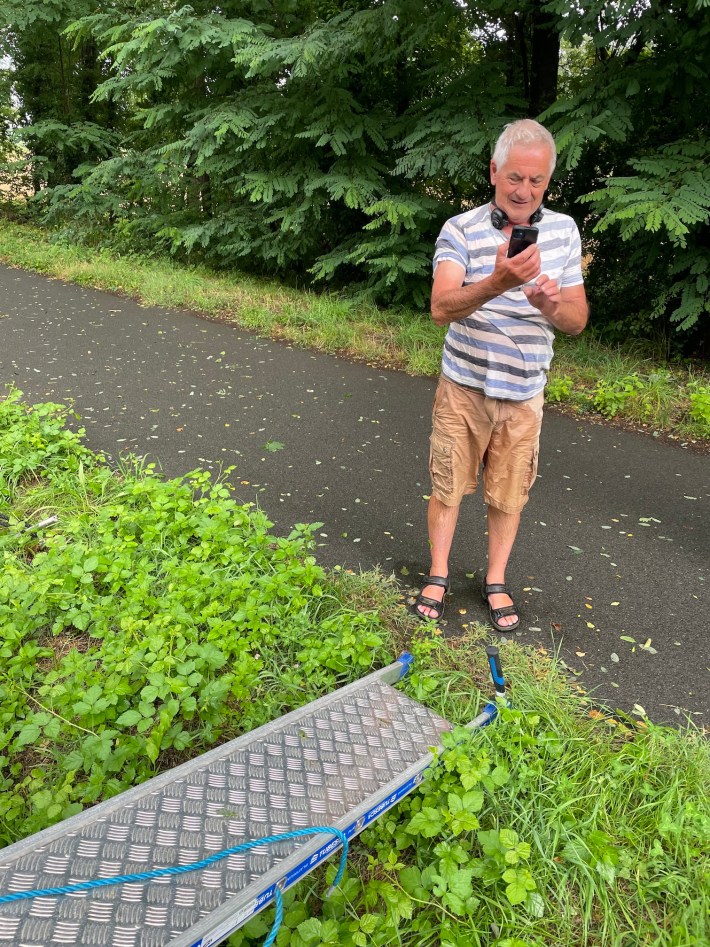
Anyway, not 10 minutes later, the éclusier reappeared with a young mate, a tray truck, a small dinghy, a chainsaw and a length of rope. The boat was tossed into the canal, along with the rope and the chainsaw.
The éclusier rather comically leaped into the boat and paddled it across to the other side of the canal. He tied the rope to the fallen tree trunk, turned on the chainsaw, cut through the base of the trunk, tossed everything back in the boat, and paddled back across, pulling the rope attached to the fallen tree along with him.

Once back on the towpath, he tied the rope to the tray truck to pull the tree across and out onto the towpath, where it would be chopped into smaller chunks and tossed into the bushes.
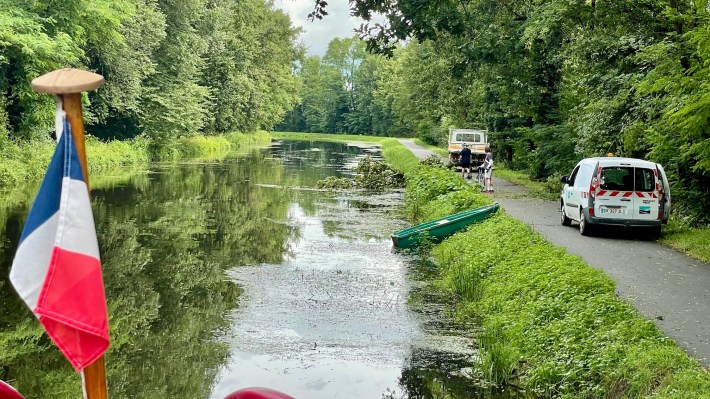
Muddy Ian walked over to them and passed them a couple of bottles of wine for their trouble. Done and dusted, and we were on our way! Plan B would not be needed. (Not that we had one, we don’t like to make ‘plans’, but we would have come up with alternative activities if we were stranded overnight.)
As we approached the next lock, the same guy appeared, plainly responsible for this and several other locks on our route. When I thanked him profusely, in French, he clapped his hand to his chest and said, “De rien – c’est normale“, with a Gallic shrug and a giant grin – it was all part of the day’s work.
We found our lovely wild mooring spot again, just beyond the little port at Briennon, and tied up – giving Marianne a chance to demonstrate her skills in pounding stakes in to tie up to.
After a bite of lunch the bikes came off again and we all headed over the canal and the river to the little town of Charlieu. Having ridden up here a few days earlier, Ian and I knew the route, and we all enjoyed the 16 km round trip on our bikes, almost all of which was on a well-kept sealed path. It wasn’t the end of our trials with fallen trees blocking our path but it was easy enough to duck under them or go around them.
We were on a mission to revisit the Silk Museum, not quite so rushed this time, and also check out the Hôtel-Dieu which we had not had time to go through last week.
The earliest reference to Charlieu’s hospital dates back to 1259, although there is some evidence that there may have been a hospital founded as early as the 9th Century by the Benedictine monks of the local abbey. As in other Hôtel-Dieu that we have seen in France, there was a capacity to serve both the needs of the poor and those of the wealthier citizens.
Charlieu’s Hôtel-Dieu had some wonderful examples of what the facilities would have looked like several hundred years ago. An impressive apothecary, with shelves of jars and bottles and a wall of individually-labelled wooden drawers,
which also featured cabinets of open ledgers describing the properties and uses of various herbs and potions in the most exquisite hand-written notes.
There were rooms set up as operating theatres, and cabinets of trays of instruments.
The first doctor to practise at the hospital was appointed in 1693, and while there was never a resident surgeon, the surgical department itself functioned until 1962.
In 1830, the first purchase of metal beds was made to replace what would have been bug-ridden wooden beds that originally populated the surgical suites. The two long wards held a series of curtained alcoves, with a narrow corridor behind the beds to keep the patients’ personal effects.
Sisters in habit nursed the patients, and a large window at the end of the ward could be opened so the patients could participate in the masses from their beds. During the 20th century, a maternity ward was added.
We also took the opportunity for a more leisurely visit inside the silk museum.
After a thorough and most informative visit to both of the museums, we cycled around the town a little in the warm sunshine. The town itself was, not surprisingly, mostly closed for the Sunday afternoon, but we did find a nice spot for a beer. We popped into the church in the main square, Église Saint-Philibert,
where there was a reflective statue of Jeanne,
and had some sweet little chapels, devoted to various saints. One statue, dating from the end of the 15th Century, was of St Crépin, patron saint of leather artisans.
The choir featured some beautifully decorated wooden panels.
The nearby ruins of a Romanesque abbey were glorious in the late afternoon sunshine
Taking a slight detour as we were preparing to leave Charlieu, we passed the remains of a 13th-century convent. Little remains of the original buildings, and the chapel itself had just closed, so we could not explore further.
Back then by bikes, navigating past the fallen trees. Just noting one incongruous feature in ####. The French, usually keen to keep their heritage in well preserved, respectful condition have treated this old chimney with scant regard. Yuk!
Bonnand
The next place we wanted to check out was the little village of Iguerande. After a short cruise, we tied Catharina up (well, Jim bashed in stakes again), took the bikes off and set off across the canal and the river,
climbing up to the village sitting high on the hillside where I had read about an oil factory/shop in the town. Table oils. We had to thread our way through hundreds of bikes, plainly part of an organised tour. Many adults in their lycra, but an equal number of young folk. Back at Catharina later, we called across the canal to a group of twenty or so students on their bikes taking a rest, who were taking photos of us on board.
Although we did not learn the full details for a couple more days, they were part of a regional public cycling event taking place over a week with some thousands of recreational cyclists taking part.
Arriving in the tiny village of Iguerande, we had no trouble spotting the oil place. The Huilerie Leblanc has been extraction and bottling oils since 1878. The family ownership is just about to be passed to the fifth generation. The oils are exported all around the world the world – every drop prepared in the small moulin (mill) attached to this tiny shop. It has a very sweet little shop front,
with the inside delightfully fragrant with homemade candles. The walls were filled to the ceiling with old wooden shelves, displaying an amazing array of table oils.
The owner happily opened several jars for us to smell the different oils, and it was not hard to choose some to take back with us. Perhaps because we were plainly foreign, but also politely fascinated by the array and asking plenty of questions (in French, of course), as we were about to leave, the guy led me out of the door, asking if we would like to see the moulin (mill). It turned out, the factory processing the oils was situated in a large garage beside the shop. Entering, we found a young Frenchman toiling away, who asked if we would like him to speak English. Yes please! It is very tiring trying to follow and translate streams of French, and I start missing bits of what is being said while I am relaying the information to my companions. Anyway, with perfect English, the chap took us through the entire process, while he never stopped working. Walnuts were being processed on this occasion, and without missing a beat, he described every step of the process, from grinding the walnuts in a stone mill
through cooking to add flavour and liquefy the oil, to collecting the pressed oil at the end.
He was very generous with his time, and we found the whole exercise absolutely fascinating. We videoed the entire tour and while too long to add here, there was a nice moment when we asked him about how long he had worked here.

Quite revealing, giving up a well-paying job to do something creative and be close to family – very French.
Timing our cruising to fit with éclusiers’ lunch breaks, we found ourselves waiting outside the lock at Chambilly, at a lovely mooring with plenty of trees and benches. After taking our lunch off board on one of the picnic tables, we got the bikes off again and cycled (yep, across the Loire) to the village of Marcigny, where we knew there was an Emile Henry factory outlet.
Marianne and I were very keen to take a look, and while the prices were delightfully accessible, we both knew that carrying heavy earthenware back to Oz in our bags would be fraught with difficulty. (Not that I haven’t done that before.) Topping up our grocery supplies at a nearby supermarket, we returned to the boat, passing the young éclusier who was hanging around in the shade with some friends, and told him we were ready to move on.
While in this lock, Jim spotted some bright red langoustines, climbing up the lock walls beside the boat. They are a common sight around here, and we often see fishermen collecting their dinner. We still had to pass through the 7 m lock, going down this time. So it was easy to get a rope on, but once the cycle was underway, the éclusier took off, presumably to prep up the next one, leaving me to wrangle my rope back down from its spot on the bollard above. After a couple of tries (with the rope getting caught around bikes on the foredeck), I managed to flick it off and return it so we could pass through the open lock gates. My highest retrieval so far. I’ve got the rope back from 5 m above me several times, and one can always untie the other end from the boat and pull it through, dropping it back onto the deck. But there is a sense of achievement and pride in giving it a go by hand first. Success!
We passed over a number of pont canals of various sizes along the way, with frequent views of the Loire in the near distance.
And onto Bonnand for the night. An unassuming mooring, but with a well-faced wall with good bollards and room for several boats. Some of the places we saw on this canal were set up for campers, with covered picnic tables and toilet blocks. We settled in and were soon approached by a fellow with his adult children, checking our intended movements. They were camping and had set up a series of fishing poles, lodged in the grass, that were left to sit in the canal all night long. No problem, neither group was in the other’s way.
Paray-le-Monial
From Bonnand, we took a longish run leaving the canal and re-entering the Canal Lateral à la Loire, to hang a right and pass through Digoin. The lock was only 4 m deep, and there was a little wait for boats to pass in both directions before it was our turn. This is the point at which the canal becomes the Canal du Centre, touted by many of our boating friends as being one of the prettiest in this part of France. As we rose, the view was indeed very pretty. Cruising slowly past the many moored boats, we spotted a group of firefighters (pompiers) training the use of the giant hoses across the canal. They stopped the water cannon as we approached and passed, once again shooting the high-pressure water jet as soon as we were out of reach, having teased us that we were about to be soaked.
There is a port at Digoin, but nothing to write home about, and we did not intend to stop there. We were keen to arrive at Paray-le-Monial. We already knew Lon and Pat on C.A.R.I.B. III were moored there, and it was easy to stay in touch with them to see if there would be a spot for us once we arrived. Lovely long mooring, in a widened cut of the canal. Indeed, over the time we stayed there, we eventually almost filled the quay with DBA boats, six of them at one time.
Paray-le-Monial was our favourite town of this cruise and perhaps of all time. It was clean, tidy, eventful, interesting, filled with good neighbours and bonhomie so it warrants a blog article of its own.

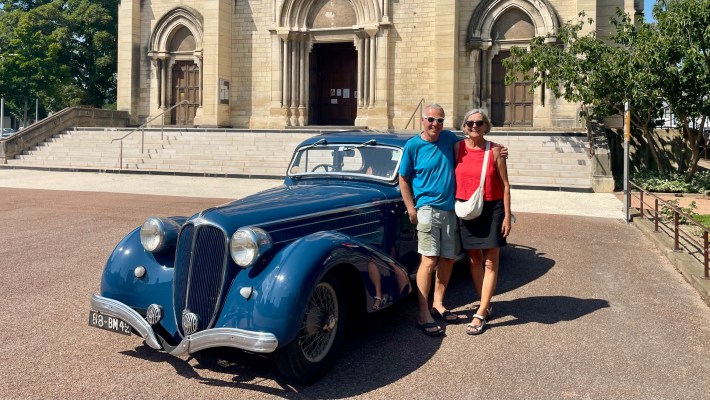
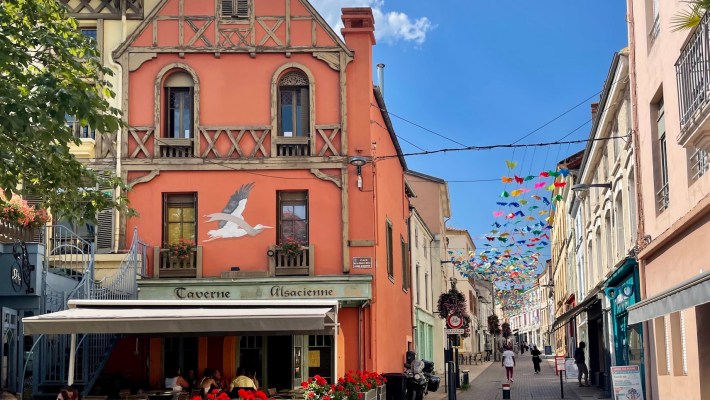

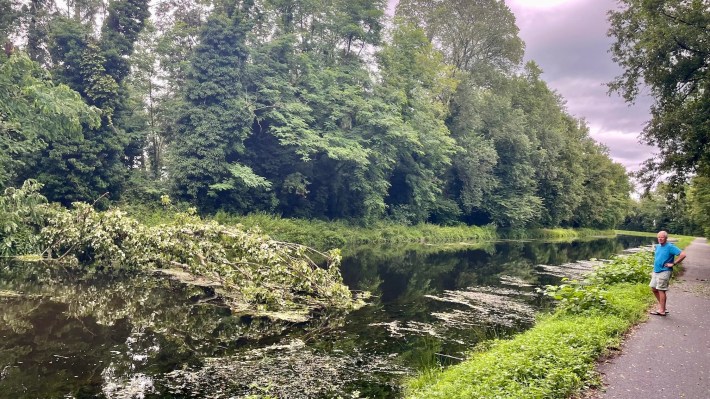

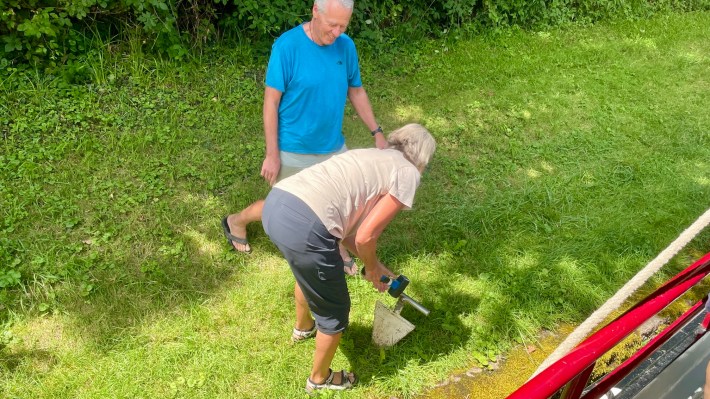
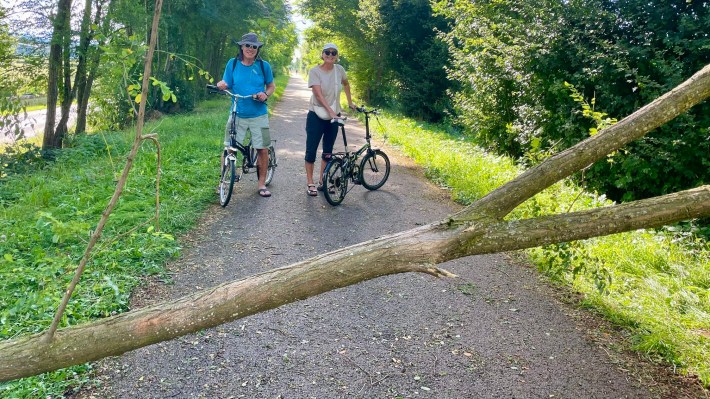
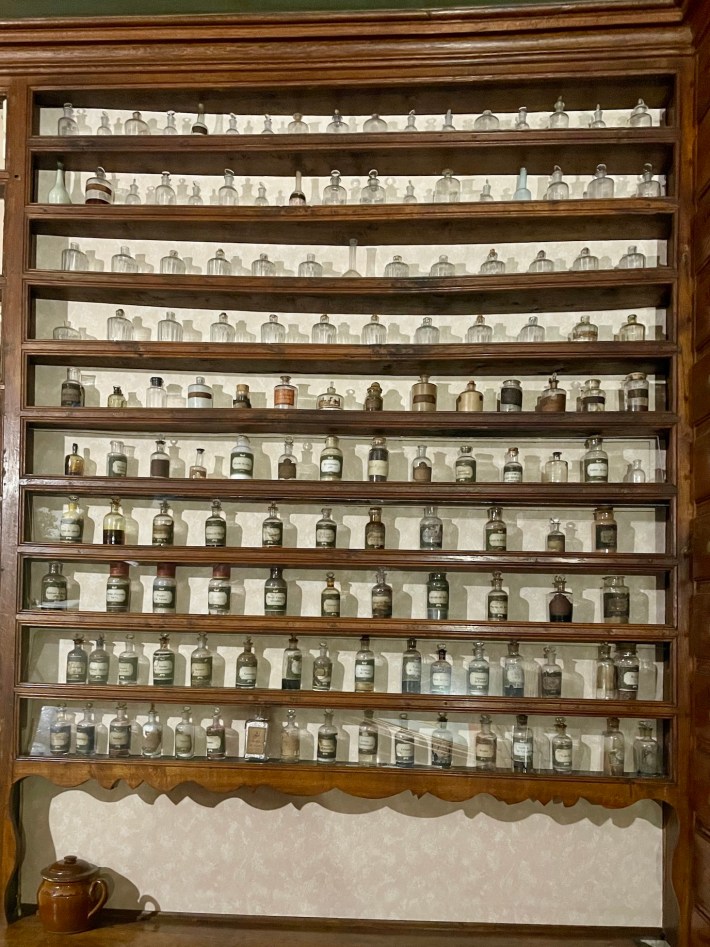
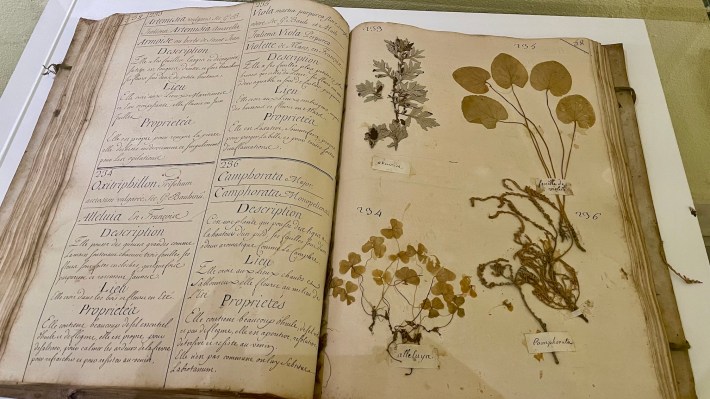
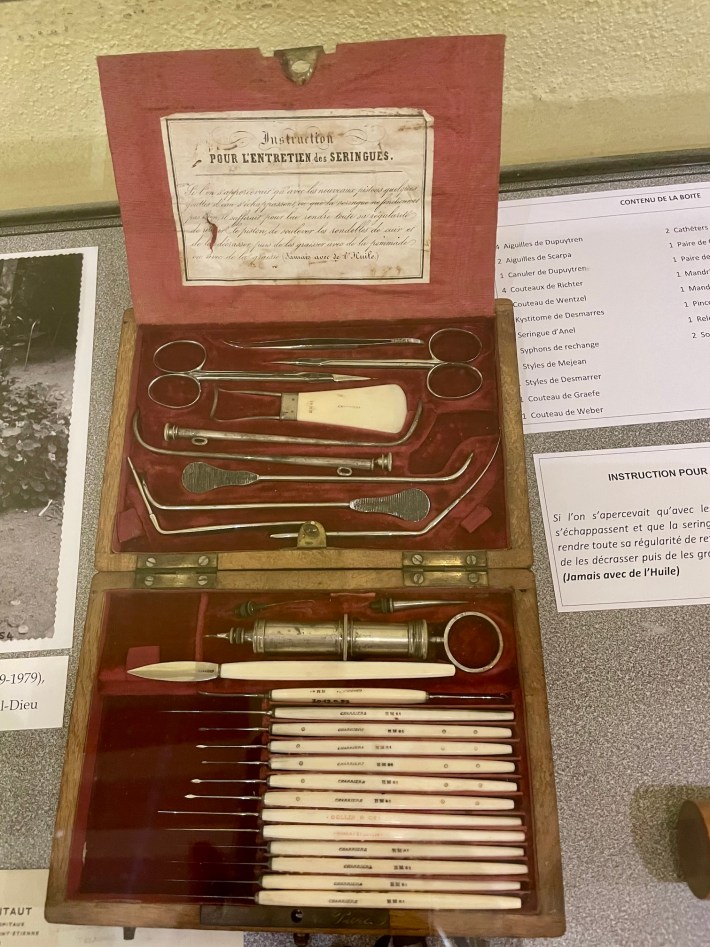
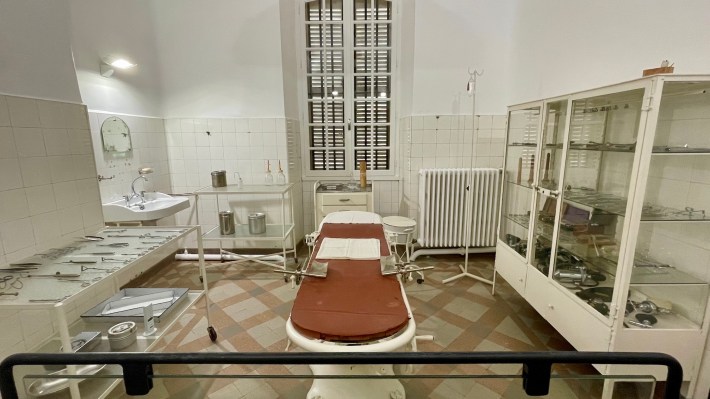
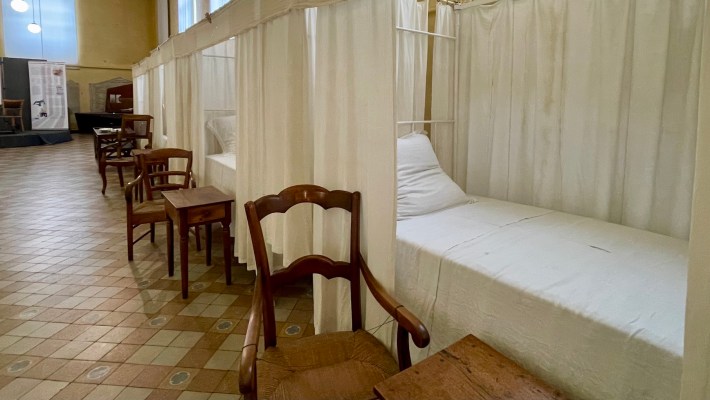
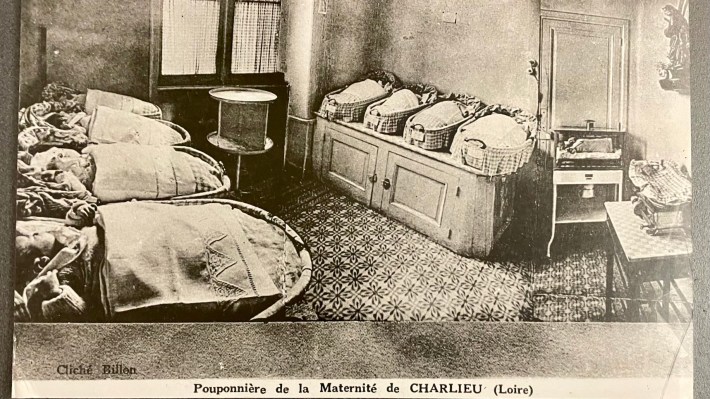
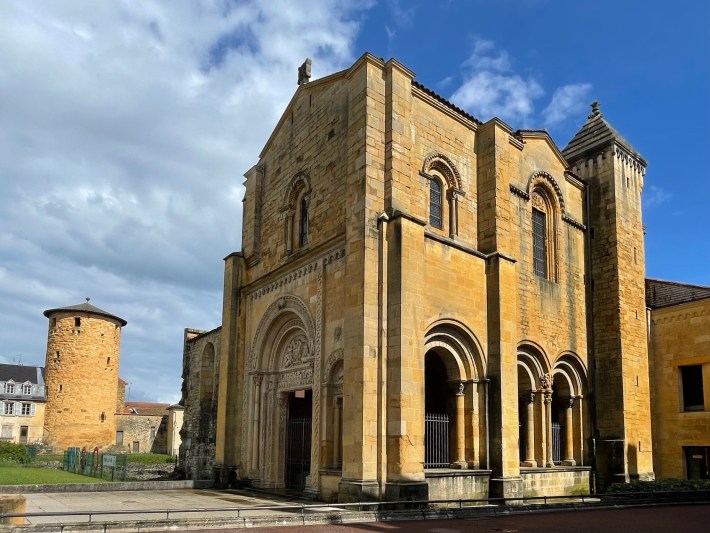
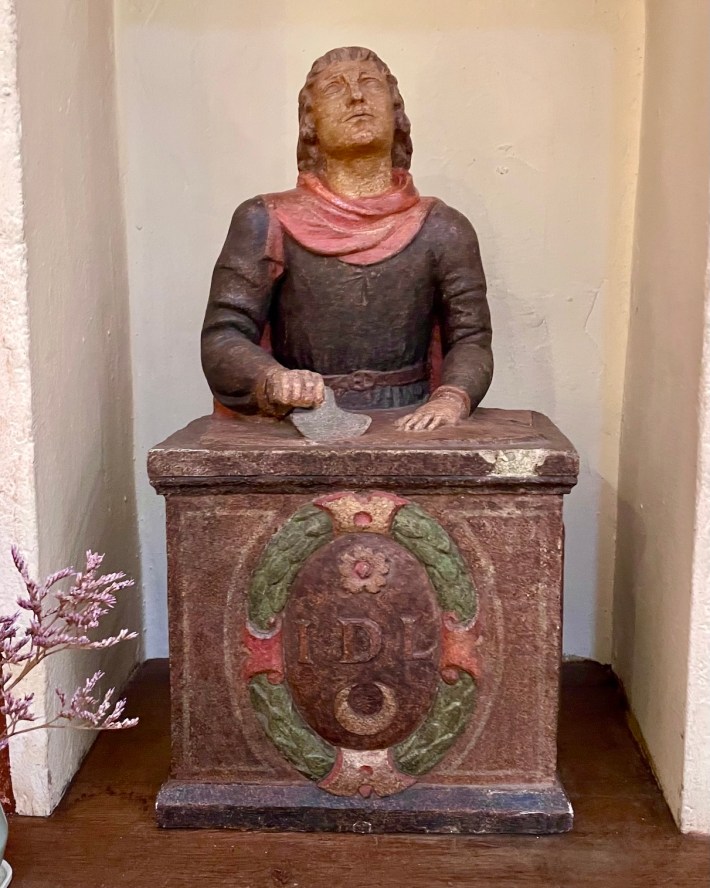

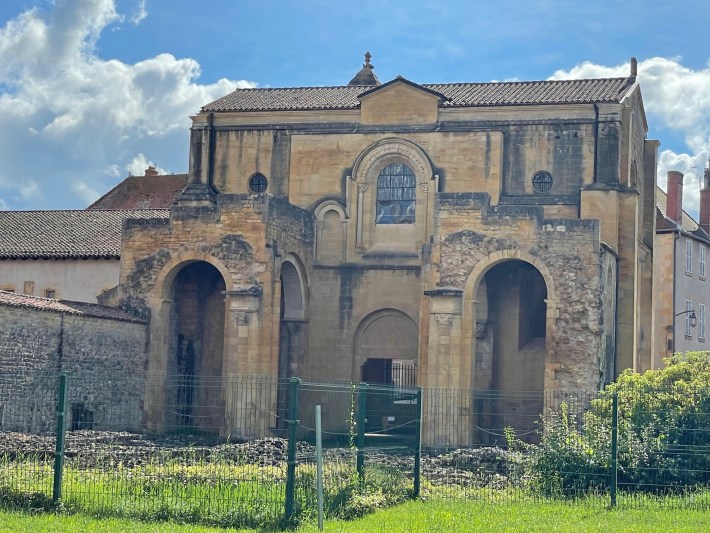
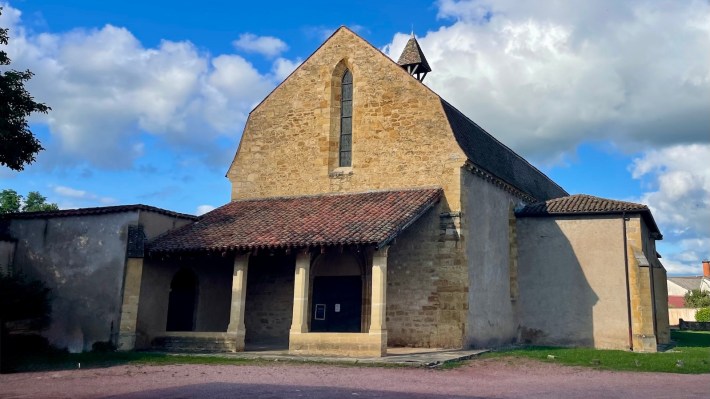
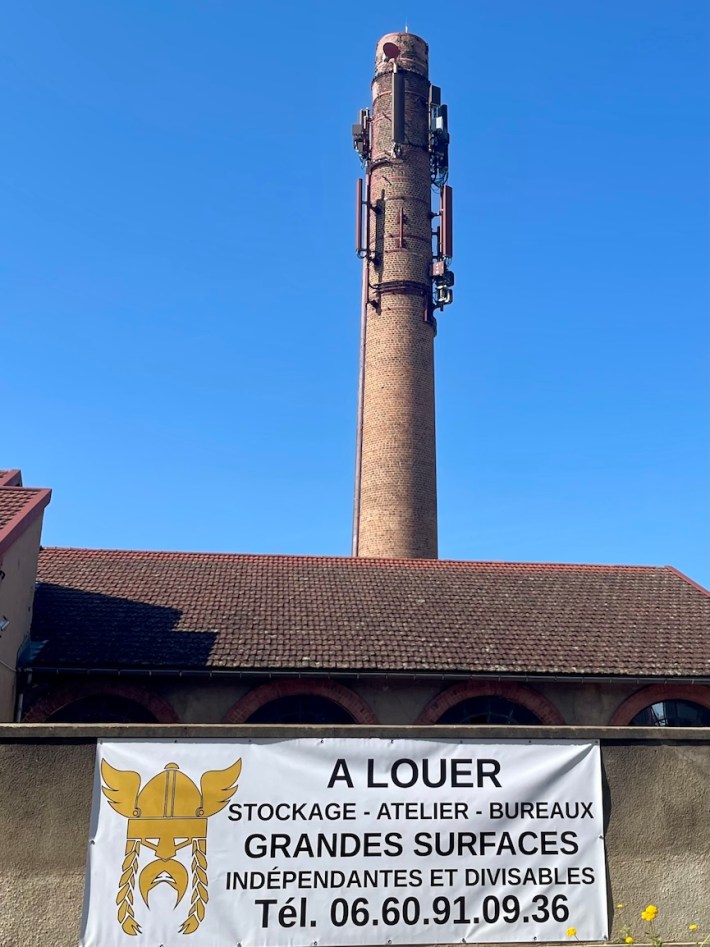

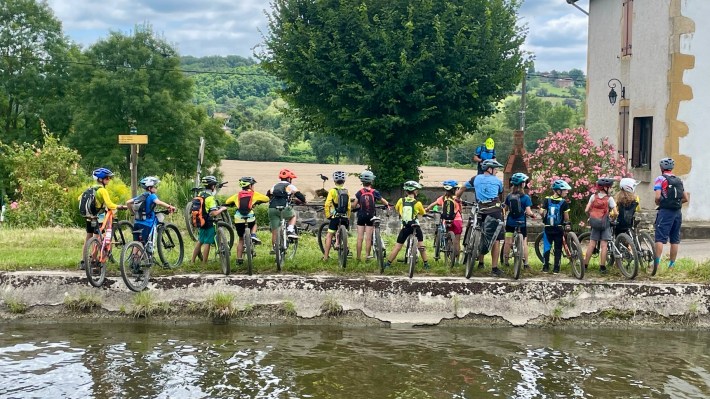
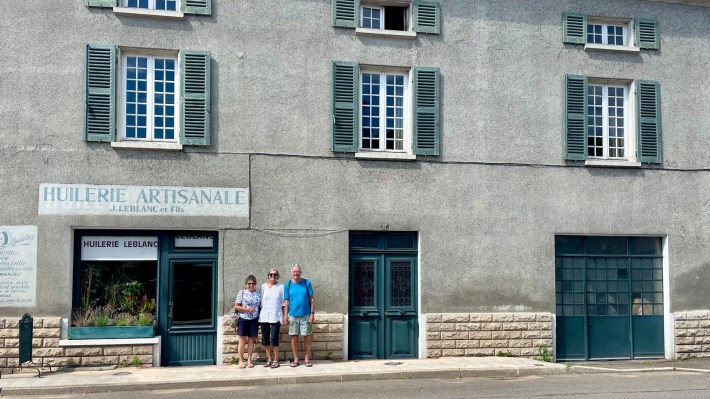
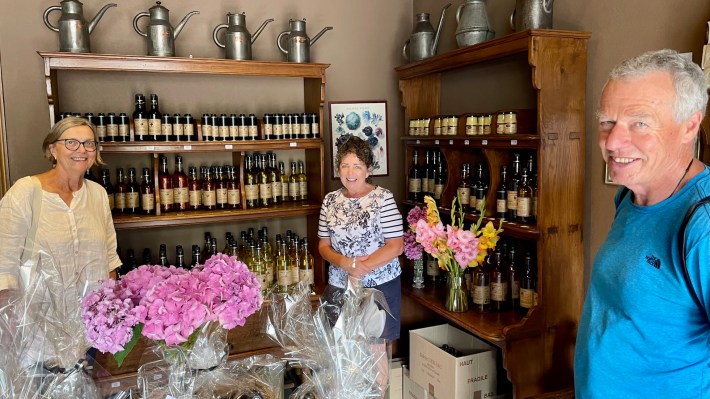

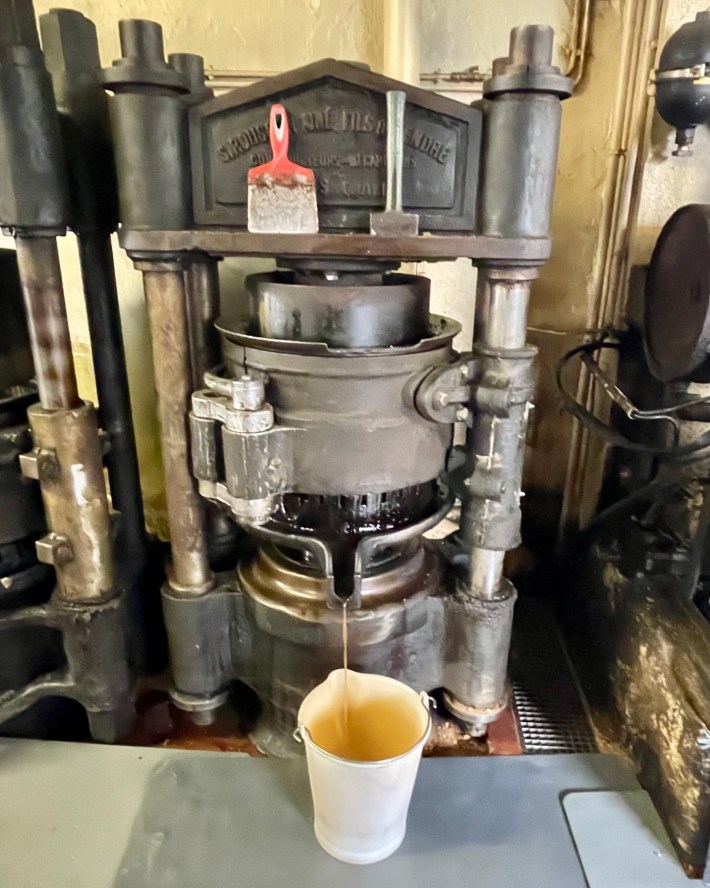
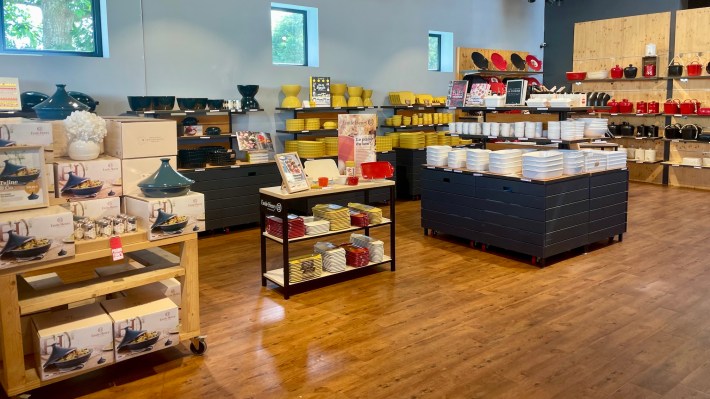
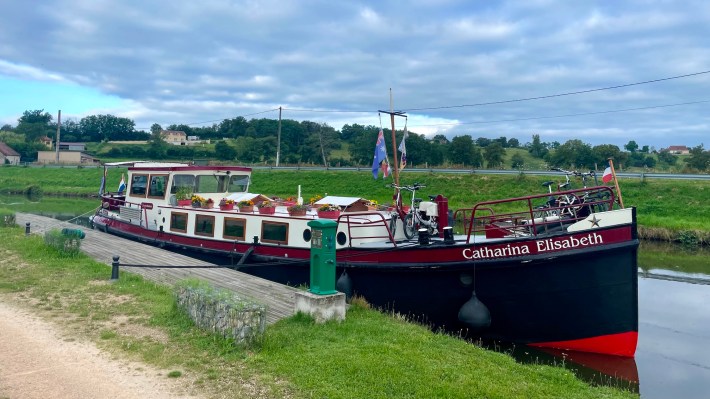
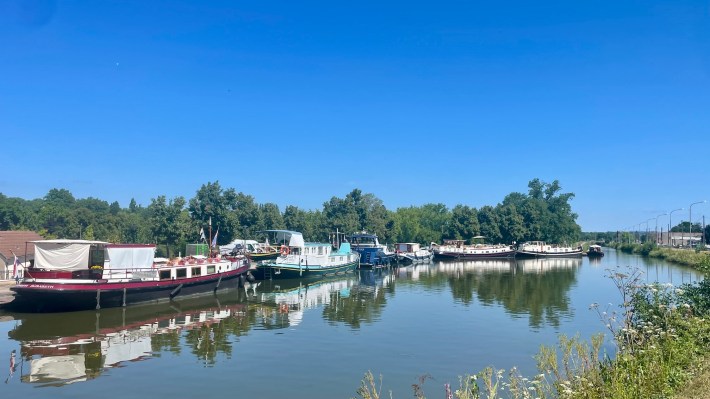

2 Responses
Another fantastic diary of a part of the cruise.
Thanks Gina, now to find time to do a proper job of the last part of the season.